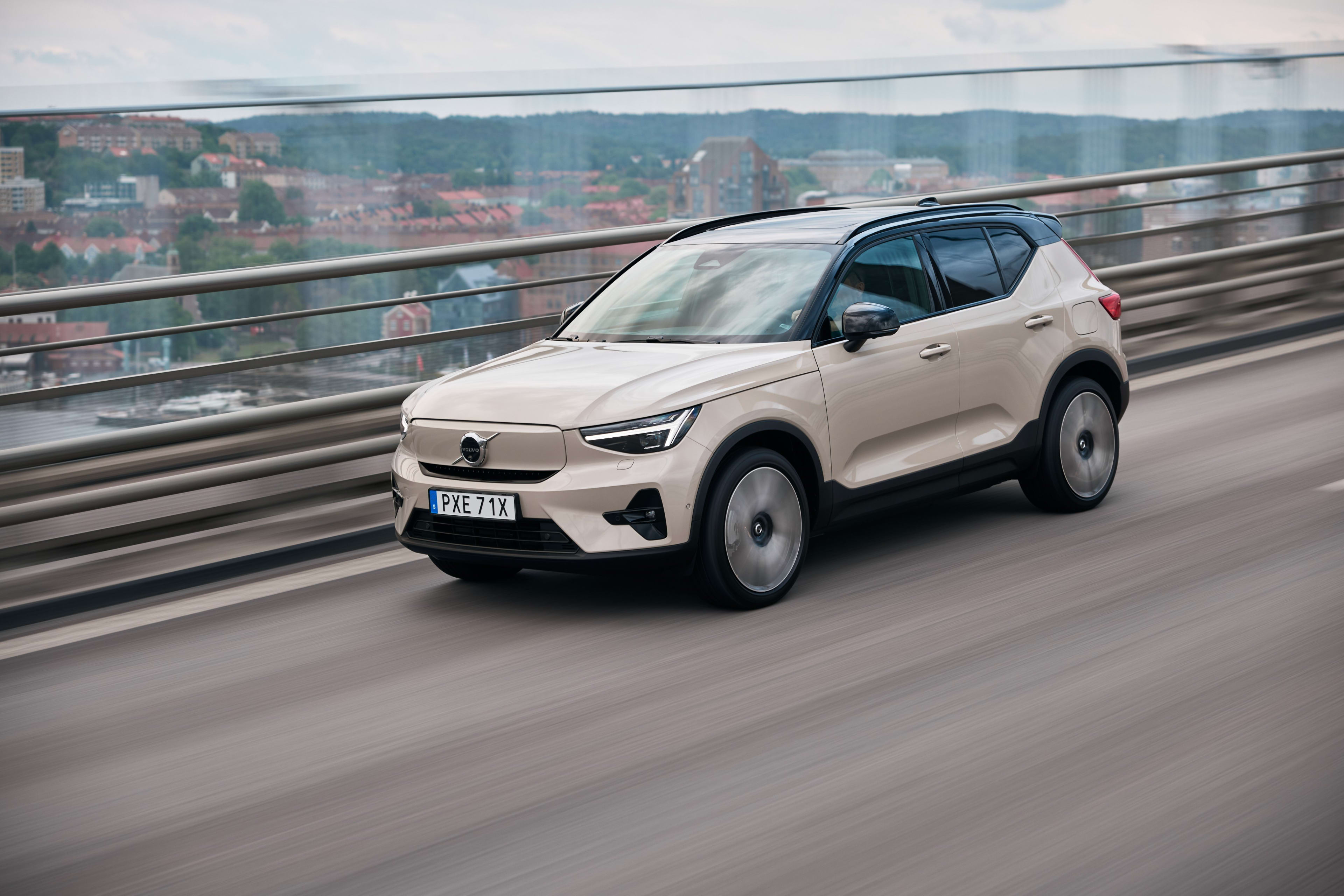Goals For 60% Development By 2030
Volvo has been a fixture in the USA for many years, however extra due to the distinctiveness of its automobiles and its obsession with security than due to excessive gross sales numbers. The automaker’s new U.S. boss hopes to alter that, or not less than, to convey Volvo consistent with different luxurious manufacturers.
After 4 months as Volvo Vehicles Americas President, Luis Rezende introduced at a media occasion this week a aim of boosting Volvo’s U.S. gross sales from the 125,243 automobiles it bought final yr to 200,000 by 2030. That’s a rise of about 60%, and would match the present gross sales quantity of Audi within the U.S., Automotive Information famous.
However How Will It Get There?

Rezende believes Volvo can obtain that bold progress with some constructing blocks which might be already in place, together with elevated U.S. manufacturing and a crossover-heavy lineup, in addition to a state-by state method to provide, incentives and advertising, in keeping with Automotive Information.
“We don’t see the U.S. as one nation; we see the U.S. as 50 totally different international locations,” Rezende stated in an interview with the commerce publication. That technique is but to be totally applied, however Volvo has already made strikes in different areas.
To counter the Trump Administration’s new 15% tariff, Volvo plans to transfer extra manufacturing to its plant close to Charleston, South Carolina. That plant at the moment builds the Volvo EX90 and Polestar 3 SUVs, however will add the higher-volume Volvo XC60 in 2026 and, in keeping with Automotive Information, a next-generation XC90 in October 2028.
Product Modifications

Volvo can also be trimming its lineup of the wagons that after outlined the model, in addition to sedans, in favor of extra fashionable crossovers. With the V90 Cross Nation leaving manufacturing, the V60 Cross Nation is the one non-crossover in Volvo’s U.S. lineup. However that’s consistent with client preferences, Rezende emphasised.
“The shoppers would be the ones who determine what they need to purchase from us,” he stated. “Not us telling them what they should purchase.”
Earlier than it started pruning its lineup of wagons and sedans, Volvo already indicated that it might again away from a plan to go all-electric by 2030, one which was by no means fashionable with its U.S. sellers. EVs are nonetheless a giant a part of the plan, however so are plug-in hybrids, one in all which would possibly even be a minivan.
Robust Headwinds

A lot of this plan, nonetheless, merely serves to counteract the dangerous hand that Volvo has been dealt. The Trump tariffs and the discontinuation of the $7,500 federal EV tax credit score are going to make life significantly laborious for a European automaker with an EV-heavy lineup for the following few years. Including U.S. manufacturing and extra fashions with gasoline engines might be essential instruments to keep up market share in that setting, however will not be sufficient to get forward.
Sellers interviewed by Automotive Information had been additionally skeptical about how a lot further demand there’ll truly be for Volvo within the U.S. One famous that it’s nonetheless seen by many as a “yuppie, New England, liberal automobile model,” and that’s borne out by regionally skewed gross sales information. Volvo has 5.5% of the posh automobile market nationwide, however simply 2.5%-3% in California and Texas—two of the largest car-buying states. So Volvo both has room to develop, or its about to slam into a requirement ceiling.
Concerning the writer

Contributing Author, Autoblog
Stephen Edelstein is an automotive journalist protecting the present state of the trade. His work is constructed on a deep data of automotive expertise and engineering, model historical past, and the newest developments in motorsports. He leverages this broad context in his writing for publications resembling Digital Developments, Ars Technica, and Motor Authority, aiming to make advanced matters accessible to all readers.


